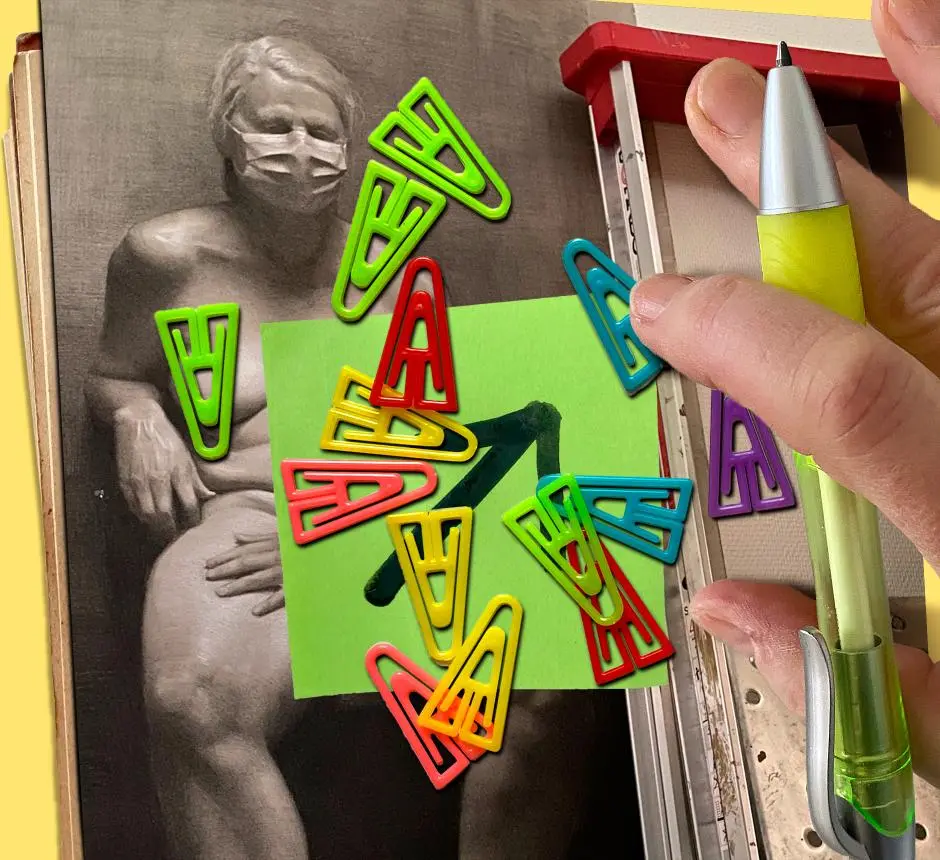Cultural policy objectives and artists’ policy
Artistic freedom and arm’s length principle.
- Start Page
- About the Swedish Arts Grants Committee
- Cultural policy objectives and artists policy

Artists’ policy is part of the broader cultural policy. The Swedish Arts Grants Committee’s activities must contribute to achieving Sweden’s national cultural policy objectives.
The government’s most recent cultural policy bill, Tid för kultur (“Time for Culture”), from 2009, established the cultural policy objectives that continue to guide the policy today.
Artists’ policy
The government communication Politik för konstnärers villkor (“Policy for Artists’ Conditions”) was submitted to parliament on 23 March 2021. In this document, the government outlines the policy’s direction and the measures being taken – and that should be taken – to improve artists’ working conditions. The Swedish Arts Grants Committee is the primary agency responsible for implementing government policy on artists, making this communication a key foundation for our work.
In the spring of 2024, the government presented its strategy for businesses in the cultural and creative sectors. This 10-year strategy aims to “enhance the conditions for cultural and creative professionals and entrepreneurs within the cultural and creative sectors”.
Artistic freedom and artists’ conditions
Artistic freedom is essential for a dynamic and vibrant cultural life. To achieve the cultural policy objectives, artistic freedom must be safeguarded.
A key factor in protecting artistic freedom is improving artists’ working conditions. Fair economic and social conditions enable artists to practise their profession freely and develop their craft. This is critical for fostering a diverse range of artistic expression and ensuring high artistic quality.
The Swedish Arts Grants Committee operates according to the arm’s length principle, ensuring that art and cultural content remain free from political influence.
Cultural policy objectives
Cultural policy is typically divided into the following three objectives:
- Independence. Culture should be a dynamic, challenging and independent force rooted in freedom of expression.
- Participation. Everyone should have the opportunity to engage in cultural activities.
- Societal advancement. The advancement of society should be characterised by creativity, diversity and artistic quality.
What do the independence objective and arm’s length mean?
The independence objective is fundamentally about artistic freedom. This objective aligns closely with the Swedish Arts Grants Committee’s mission to improve artists’ working conditions and, in turn, support their autonomy and independence in various ways.
Our work is based on a government mandate. Yet, as a government agency, we must ensure that cultural content remains free from political, economic or other special interests. Cultural policy in democratic societies is generally guided by the principle that political governance should be exercised at an arm’s length from culture.
This principle is also the foundation of how the Swedish Arts Grants Committee is structured and operates. You can read more about our organisational structure in Swedish under the sections “Organisation” and “Beslutandegruppernas arbete”.
The participation objective and our approach to horizontal objectives
Cultural policy objectives guide how we fulfil our mission. In addition, the agency is responsible for helping to achieve horizontal objectives that extend beyond cultural policy, such as integrating gender equality and diversity perspectives.
The government provides clear guidance on how to approach integrating these perspectives. At the core of cultural policy is the intrinsic value of culture – meaning that cultural initiatives should be supported for their own sake, not solely for their potential impact on other policy areas.
The societal advancement objective and what instrumentalisation means
The cultural policy objective that creativity, diversity and artistic quality should characterise the development of society refers to the broader impact of cultural policy in society. For the Swedish Arts Grants Committee, this encompasses our mandate to provide information about and promote the artist’s perspective in other areas (our cross-sectoral efforts).
A central quality aspect in all cross-sectoral collaboration is the fundamental cultural policy principle of the intrinsic value of culture. For the Swedish Arts Grants Committee, this means that while art and culture can contribute to broader societal goals, artistic freedom should be guaranteed and not used solely for “instrumentalisation” – as an instrument to achieve the purposes and objectives of other policy areas.

